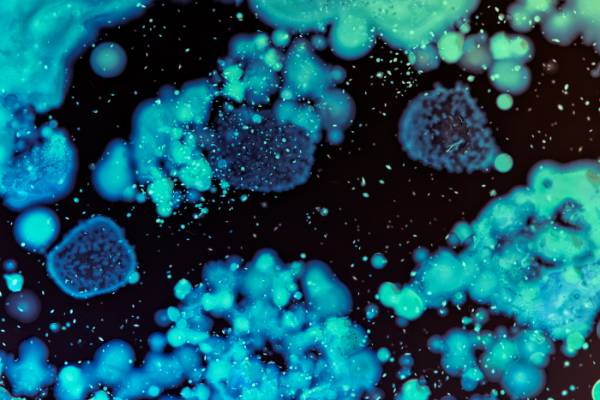LSU ME Professor Gartia Uses Radiation to Purify Water in Space
September 18, 2019
 BATON ROUGE, LA – Many factors make it possible to send astronauts into space, but
the absence of one—potable water—would make long-term space exploration inconceivable.
BATON ROUGE, LA – Many factors make it possible to send astronauts into space, but
the absence of one—potable water—would make long-term space exploration inconceivable.
LSU Mechanical Engineering Assistant Professor Manas Gartia and his team of graduate students—Abid Hasan, Nishir Mehta, Alisha Prasad, and Sushant Sahu—are currently working alongside NASA advisor Michael Flynn on a water purification system that could help with NASA’s lunar and Mars missions.
Most people may not realize there is a large amount of radiation in space that is harmful to astronauts and their equipment. But what if that radiation could be harnessed and used for their benefit? Not only is water the best way to absorb this radiation, it’s needed by astronauts for drinking and hygiene.
Gartia has created a radiation-driven catalytic-reactive oxygen species (ROS) production mechanism that will purify water in space by using gamma rays and X-rays to control biofouling, or biological fouling, of membranes in the water purification process.
The project, which was made possible through a LaSPACE grant, is for long-term space exploration, namely NASA’s new Gateway spaceship that will orbit the Moon and serve as a temporary home and office for lunar expeditions and future human missions to Mars. Unlike the International Space Station, where astronauts are frequent visitors, water in the Gateway will remain relatively untouched for months at a time, meaning a high chance of bacterial growth in the water.
“The current method of wastewater recycling, which consists of urine, flush, and humidity condensate (HC) on the ISS, includes pretreatment followed by distillation (urine and flush only),” Gartia said. “The solutions are passed through adsorptive/exchange beds and catalytic oxidation before using the purified water. HC is generally not pretreated, which makes biological growth in the storage tank highly prevalent.”
Not only does the bacterial growth consume oxygen and produce extra biomass load, which is expensive to get rid of, in the ISS, but the pretreatment chemicals are inherently hazardous and must be resupplied in large quantities if used for treatment of other wastewaters, such as shower and hygiene.
“In addition, increasing the water recovery rates from wastewater sources leads to contaminants getting more concentrated in the wastewater, and dissolved solids begin to precipitate out from the wastewater, fouling the treatment systems,” Gartia said.
Biofouling alone contributes to 45% of all membrane fouling, especially in nanofiltration and reverse osmosis membrane filtration.
“Membrane technology is an emerging, promising technology for treatment of waste water,” Gartia said. “However, all membrane suffers from fouling issues that include inorganic fouling, organic fouling, and biofouling, and can occur simultaneously. Several pre-treatment operations have been used, however, none of them provide a long-term comprehensive solution. In radio-catalytic processes, activation occurs through penetrating ionizing radiation, such as gamma rays or X-rays, to drive heterogeneous chemical reactions. This method can extend the life of a membrane in a cost-effective manner, since the cost of replacing a system in space is enormous.”
Gartia’s project would also help with future Mars missions.
“When astronauts go to Mars one day, it will take about 600-900 days for them to get there,” Gartia said. “The problem is humans are more susceptible to cancer-causing radiation in space after just 176 days. Technology allows us to go there, but there’s no technology to prevent us from getting radiation. Water is the best way to absorb it.”
With the Gateway set to be complete by 2026, Gartia has time to perfect his product for future space explorers.
Like us on Facebook (@lsuengineering) or follow us on Twitter and Instagram @lsuengineering).
###
Contact: Libby Haydel
Communications Specialist
225-578-4840